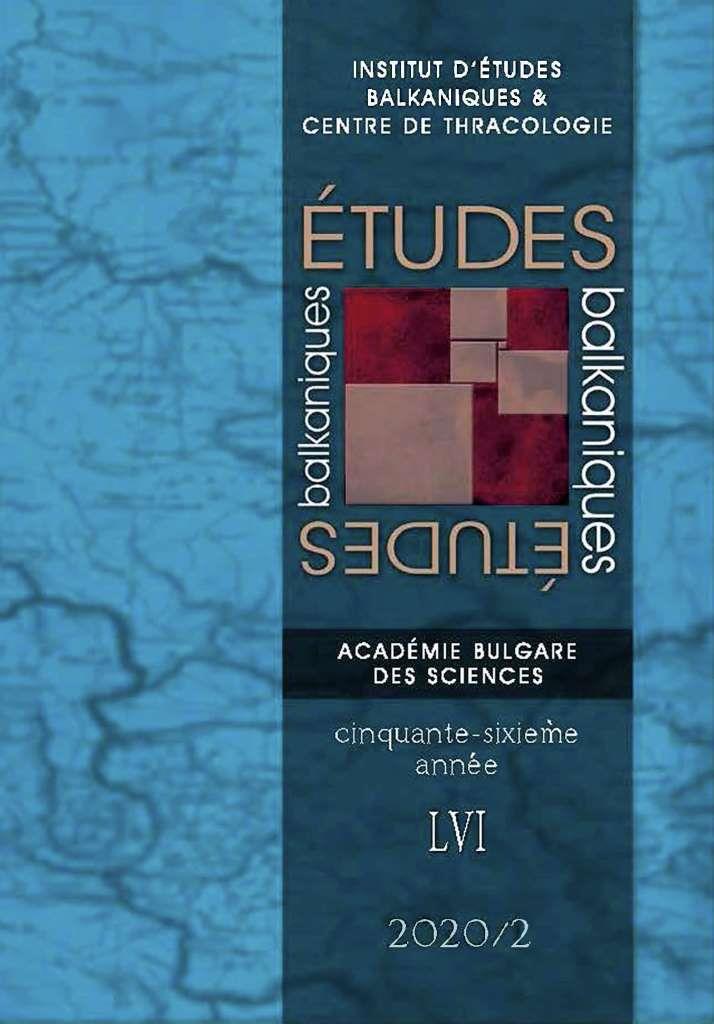DEVELOPMENT OF SERICULTURE IN BYZANTINE CITIES 11th – 13th CENTURY
DEVELOPMENT OF SERICULTURE IN BYZANTINE CITIES 11th – 13th CENTURY
Author(s): Violeta ManolovaSubject(s): History, Cultural history, Economic history, Social history, Middle Ages, 6th to 12th Centuries, 13th to 14th Centuries
Published by: Институт за балканистика с Център по тракология - Българска академия на науките
Keywords: Silk; Sericulture; Mediterranean; Italian Merchants; Byzantium; Constantinople; Thebes; Corinth.
Summary/Abstract: As an everlasting craft and phenomenally symbolic material, sericulture and silk have always attracted rulers, peoples and empires for its unchanged value and beauty. Since ancient times the lively manufacture became a strategic aim for traders and states. Owning, producing, selling and control over all of its activities and components were often premises for economic struggles. Byzantium makes no difference and since the fall of the Roman Empire, Constantinople, Asia Minor, Thebes and Corinth had taken the leading role as silk producers and trade centres in the Mediterranean. An important and vital element of the prestige of the Byzantine Empire, Western societies, aristocracy and rulers were longing for byzantine silk. Gaining considerable influence, many Italian traders were persistently striving to assure the circulation of these goods from the East to West during the 11th to 13th centuries, attaining full domination after the fall of Byzantium.
Journal: Études balkaniques
- Issue Year: 2020
- Issue No: 2
- Page Range: 209-226
- Page Count: 18
- Language: English
- Content File-PDF

